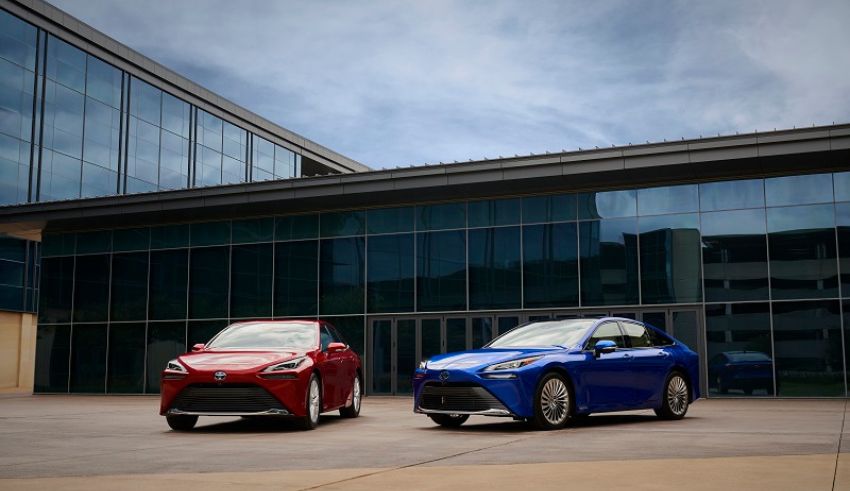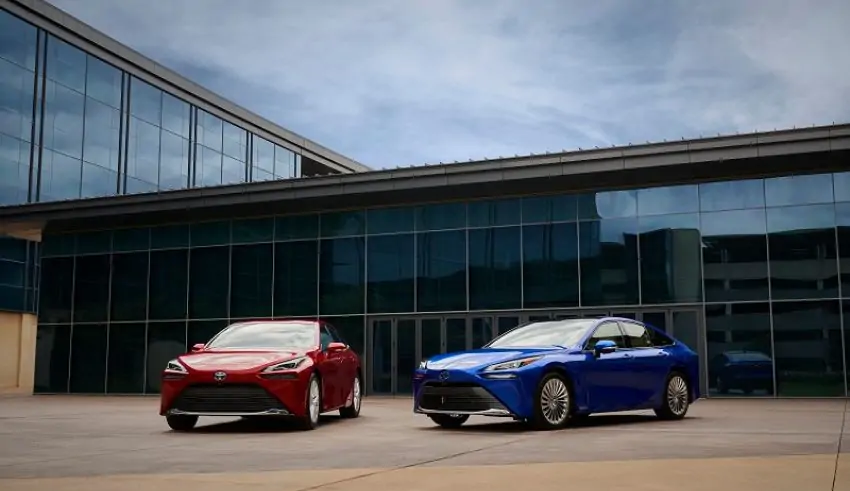

(C) Toyota
For decades, Japan’s automobile sector was a worldwide model for dependability, excellence, and creativity. But the quick emergence of electric cars (EVs) has caused a seismic change in this previously cohesive industry. The sector is currently split into two different groups, each supporting a different approach for forward development.
Lead by Toyota, one group is using a hybrid strategy combining EV technologies with continuous improvements in conventional combustion engines. This approach strikes a measured risk that balances the advantages of both worlds. On the other hand, Honda has teamed with Mitsubishi and Nissan and given more of an eye toward pure electric cars. This split in Japan’s automobile sector emphasizes the great difficulties the EV transition presents. Among these difficulties include supply chain interruptions, the limits of present battery technologies, and the large expenditures needed for a strong charging infrastructure development.
Another legendary name in the business, Chrysler, confronts its own existential problem as Japan’s car giants negotiate their future. Under new direction, Chrysler is walking a tightrope to revitalize a brand rich in legacy but finding it difficult to be competitive in the current market.
Rumours of possible brand eliminations and model cancellations highlight the seriousness of Chrysler’s circumstances. The business has to negotiate a difficult terrain, trying to protect its legacy while also changing with the times to fit changing customer tastes and technology developments.
Tesla’s Autopilot: Continually Safety Issues
In the middle of more general changes in the automobile sector, driving technology evolution is also quite important. Leading developer of autonomous driving technologies, Tesla’s Autopilot system offers unmatched safety and comfort. But recent mishaps supposedly involving the Autopilot system have clouded these assurances.
A recent terrible accident reminds us strongly of the great responsibility involved in implementing such powerful technologies. Although autonomous driving offers significant advantages, the sector has to give safety first priority so that these advantages are realised without endangering the welfare of consumers or drivers and passengers.
Negotiating a Changing terrain
The decisions taken by business leaders in the next years will characterize the great transformation that the automobile sector is undergoing. We must keep a sharp watch on the many difficulties and disputes that surface as we negotiate this unexplored ground. Driven by innovation, competitiveness, and a constant quest of excellence, the continuous transformation of the automotive sector will mold the future of transportation in ways only now beginning to be known.
Turkish music lovers and the whole entertainment world on Sunday night were put in shock by the unexpected passing of…
The Senior Asian Wrestling Championship 2025 held in Amman closed with an exhilarating finale for India. The freestyle wrestling contingent…
Having been aired in Japan, the second season of Shangri-La Frontier has just been completed, and people are already hashtagging…
OpenAI updated ChatGPT-4o to include its best text-to-image tools so free users can generate Studio Ghibli artwork by giving basic…
The stepping down of Piyush Gupta from the post of CEO of DBS Bank came after 15 years of leading…
The Delhi Directorate of Education releases 2025-26 marks for year-end tests in school levels 6 through 11. Online test data…
This website uses cookies.
Read More